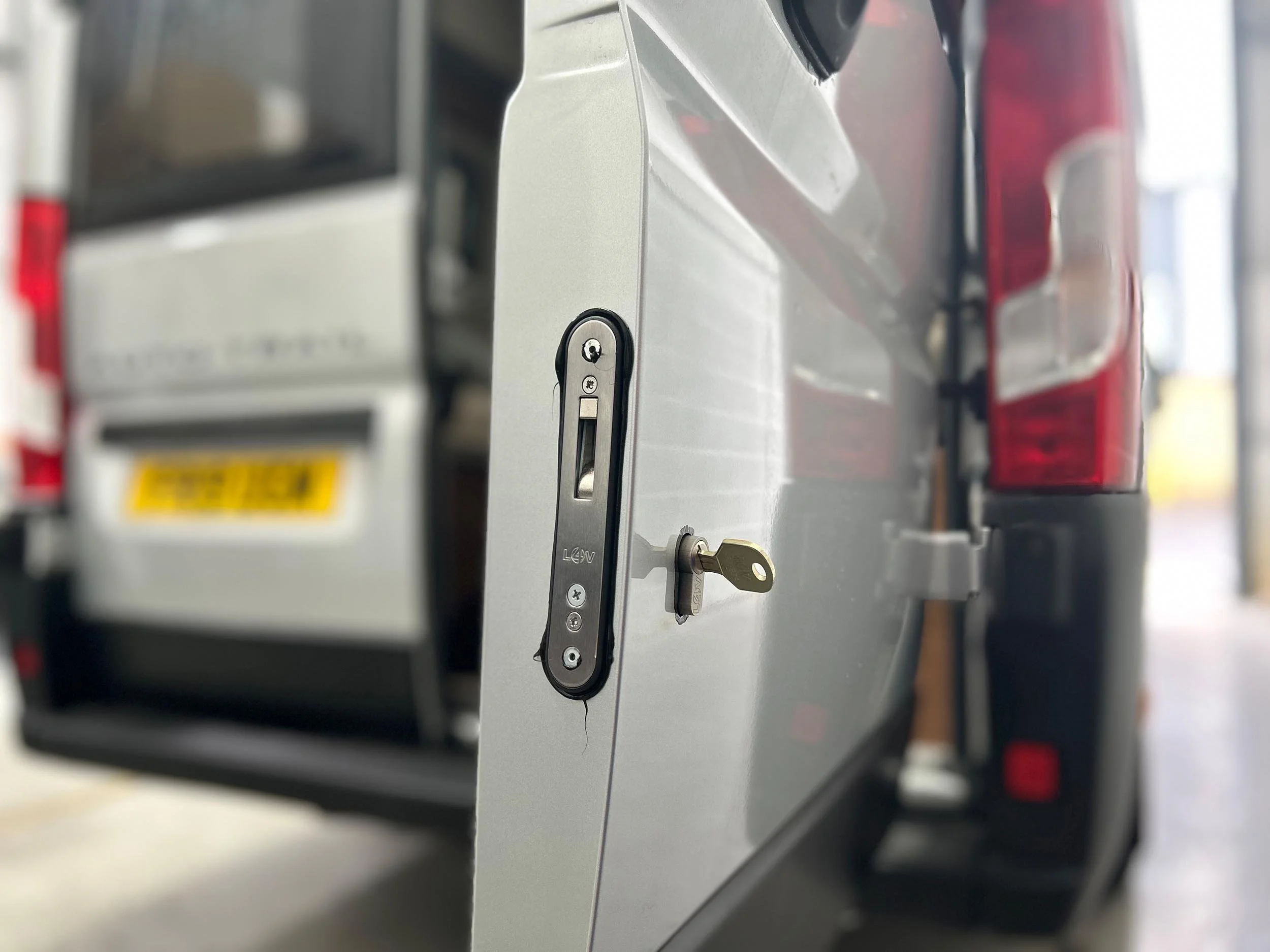
Understanding Home Gym Equipment Essentials
In a world increasingly focused on fitness and well-being, investing in home gym equipment offers an effective solution for those seeking to personalize their workout routines. With home fitness becoming a popular choice due to its convenience and accessibility, learning about the essential components, benefits, and types of equipment available can empower you to achieve your fitness goals right from the comfort of your home.
Key Components of Home Gym Equipment
The foundation of any successful home gym setup lies in understanding its key components. A well-rounded home gym can facilitate strength training, cardio workouts, flexibility exercises, and rehabilitation efforts. Here are the primary elements to consider:
- Strength Training Equipment: This includes free weights such as dumbbells and kettlebells, resistance bands, and machines that target specific muscle groups, like weight benches, squat racks, and power cages.
- Cardiovascular Equipment: Options such as treadmills, stationary bikes, ellipticals, and rowing machines cater to cardiovascular fitness, allowing you to improve stamina and burn calories.
- Flexibility and Stability Aids: Items like yoga mats, foam rollers, and balance boards can enhance your flexibility and core stability, contributing to overall fitness and injury prevention.
- Accessories: Small tools such as jump ropes, medicine balls, and ankle weights can add variety to workouts and help target specific muscle groups.
- Storage Solutions: Keeping your equipment organized and easily accessible is vital for maintaining a functional workout space.
Benefits of Having Home Gym Equipment
The benefits of establishing a home gym extend far beyond just physical health. By creating your own workout space, you gain several advantages:
- Convenience: No longer do you need to travel to a commercial gym. You can work out on your schedule without the added time commitment of commuting.
- Cost-Effective: While the initial investment may seem high, over time, having your own equipment can prove to be more economical than long-term gym memberships.
- Privacy: Working out at home can be less intimidating, making it easier to focus on personal goals without outside distractions or pressure.
- Customization: You have the freedom to curate your environment according to your preferences, ensuring it is a motivating and comfortable space.
- Family Involvement: The accessibility of a home gym encourages family members to participate in fitness activities, promoting a healthy lifestyle for all.
Types of Home Gym Equipment Available
Numerous varieties of home gym equipment allow for versatile workout routines. Understanding the different types can help you tailor your gym based on your fitness needs:
- All-in-One Gym Systems: These machines integrate multiple functions into a single unit, allowing for strength training without needing a full rack of weights.
- Specialized Machines: Equipment like the cable crossover, leg press, and bench press targets specific muscle groups, providing comprehensive strength workouts.
- Free Weights: Dumbbells and barbells are adaptable tools essential for various strength training exercises, allowing users to lift heavier weights progressively.
- Cardio Equipment: From treadmills to stationary bikes, having access to cardiovascular machines is crucial for heart health and endurance training.
- Functional Trainers: These machines help improve overall functional fitness, mimicking everyday movements for better performance in daily activities.
Choosing the Right Home Gym Equipment for You
Selecting the right home gym equipment begins with a clear understanding of your fitness goals and space limitations. Assessing these factors can help you build a functional and motivational workout environment.
Assessing Your Fitness Goals
Every fitness journey starts with defining your objectives. Do you want to lose weight, build muscle, improve endurance, or enhance flexibility? Identifying specific goals will guide your equipment choices:
- Weight Loss: Focus on cardiovascular equipment and functional training machines that boost metabolism and burn calories.
- Muscle Building: Prioritize strength training machines, free weights, and resistance bands to effectively target muscle groups.
- Endurance Training: Incorporate a mix of cardio machines and circuit training to build stamina.
- Flexibility and Recovery: Include items such as yoga mats, foam rollers, and stretching aids to recover properly and enhance mobility.
Space Considerations for Home Gym Equipment
Before purchasing equipment, consider how much space you can allocate for your gym setup. Optimal utilization of the space can enhance your workout experience:
- Small Spaces: For limited spaces, prioritize compact and multi-functional equipment, such as foldable benches or resistance bands.
- Design Layout: Create designated zones for different types of workouts to maximize efficiency, such as a cardio corner and strength training area.
- Storage Solutions: Ensure there is sufficient space for immediate accessibility of equipment while keeping the area organized.
Budgeting for Your Home Gym Equipment
Budgeting is an essential part of building your home gym. Equip yourself by understanding price ranges and prioritizing expenditures:
- Determine Your Budget: Establish a clear budget that aligns with your fitness goals. Adjust spending based on priorities.
- Research Costs: Compare prices among retailers to ensure you are getting the best value for your chosen equipment.
- Invest Wisely: Consider quality over quantity when selecting pieces of equipment; it’s often more prudent to invest in a few high-quality items rather than numerous lower-quality ones.
Setting Up Your Home Gym Equipment
Once you’ve decided on the type of home gym equipment to include in your fitness arsenal, it’s time to set it up. An organized and safe environment promotes better workout experiences and reduces the risk of injury.
Optimal Layout for Home Gym Equipment
Creating an efficient layout for your home gym revolves around accessibility, flow, and comfort:
- Space Flow: Ensure there’s room to move freely between equipment to prevent accidents and enhance functionality.
- Accessibility: Place frequently used equipment in easily accessible areas for speedy transitions between exercises.
- Lighting: Good lighting is critical; natural light is preferable but should be complemented with adjustable overhead lights to keep the ambiance motivating.
Safety Precautions with Home Gym Equipment
Safety is paramount during exercise, particularly when using various types of equipment:
- Read Instructions: Familiarize yourself with proper operating procedures for each piece of equipment.
- Maintain Equipment: Regularly inspect and maintain your home gym equipment to prevent malfunctions or injuries.
- Warm-Up: Always incorporate a proper warm-up routine before engaging in workouts to prepare your body and avoid injuries.
Maintaining Your Home Gym Equipment
Proper maintenance lengthens the lifespan of home gym equipment and ensures reliable performance:
- Cleaning: Keep equipment clean from sweat and grime, as accumulated debris can lead to malfunctions.
- Regular Inspections: Schedule periodic checks for signs of wear and tear; replace or repair items as needed.
- Storage: Store smaller accessories in designated containers to keep the gym area tidy and functional.
Advanced Home Gym Equipment Options
As the fitness community evolves, newer technologies emerge in home gym equipment. Exploring advanced options can help maximize your workouts.
Smart Technology in Home Gym Equipment
Integrating smart technology into your home gym can revolutionize your workouts. Here’s how:
- Wearable Devices: Fitness trackers and smartwatches can help monitor your performance, heart rate, and calories burned—valuable data for tracking progress.
- Interactive Equipment: Some machines now offer connected platforms that incorporate virtual trainers or classes, making workouts engaging and challenging.
- Progress Tracking: Many smart machines provide app compatibility, allowing users to record workouts and set achievable goals.
Multi-functional Home Gym Equipment
Multi-functional equipment maximizes versatility and saves space, making it a popular choice for home fitness:
- Adjustable Benches: These are invaluable for strength training, capable of being set to different angles for various exercises.
- Power Towers: A versatile machine designed for strength training and bodyweight workouts like pull-ups, dips, and leg raises.
- Resistance Bands with Attachments: These can mimic numerous types of machines and exercises, providing an all-in-one solution for strength training.
Customization and Personalization of Home Gym Equipment
Home gyms offer the unique advantage of allowing you to customize the environment according to your preferences and needs:
- Color Schemes: Choose a color theme that energizes you, incorporating vivid colors or calming tones based on your workout style.
- Motivational Decor: Personalize your space with inspirational quotes or photos that keep you motivated to achieve your fitness goals.
- Adaptable Programs: Many modern machines come with customizable workouts and programs, enabling users to design fitness plans tailored to individual needs.
Maximizing Your Home Gym Experience
To fully leverage your home gym setup, it’s essential to have a strategy that enhances your workouts and keeps you motivated.
Creating a Workout Plan with Home Gym Equipment
A structured workout plan can help establish a routine and streamline your fitness journey:
- Set Goals: Outline specific, measurable, and attainable goals for various timelines, from short-term to long-term.
- Variety is Key: Include a mix of strength, cardio, and flexibility exercises to ensure a balanced workout routine.
- Regular Adjustments: Evaluate your progress and make adjustments to your workout plan every few weeks to keep pushing boundaries and achieve results.
Tracking Progress with Home Gym Equipment
Tracking your workouts is essential for staying motivated and understanding your performance:
- Journaling: Keep a workout diary to record the exercises performed, weights lifted, and personal observations about mood and energy levels.
- Digital Tools: Utilize fitness apps or wearable technology that allow for tracking metrics, setting goals, and celebrating milestones.
- Regular Assessments: Schedule specific intervals to assess fitness progress, including measurements, benchmark exercises, or fitness tests.
Community and Support for Home Gym Equipment Users
Engaging with a community can enhance motivation and provide valuable insights and support:
- Online Forums: Participate in forums and social media groups dedicated to home fitness, sharing tips, successes, and challenges.
- Local Fitness Groups: Consider joining neighborhood or community fitness groups that encourage outdoor workouts or challenges.
- Accountability Partners: Enlist a workout buddy, even virtually, where you can check in and motivate each other’s fitness journeys.






